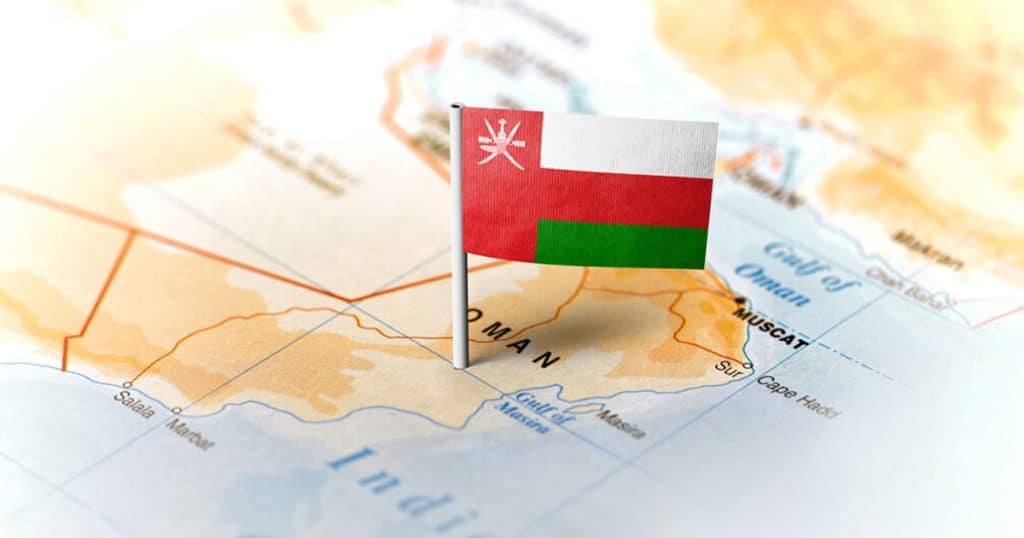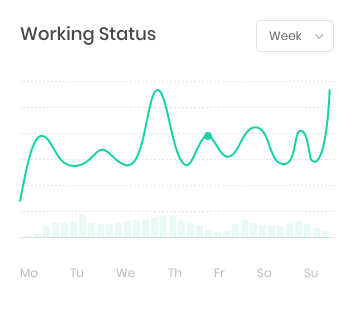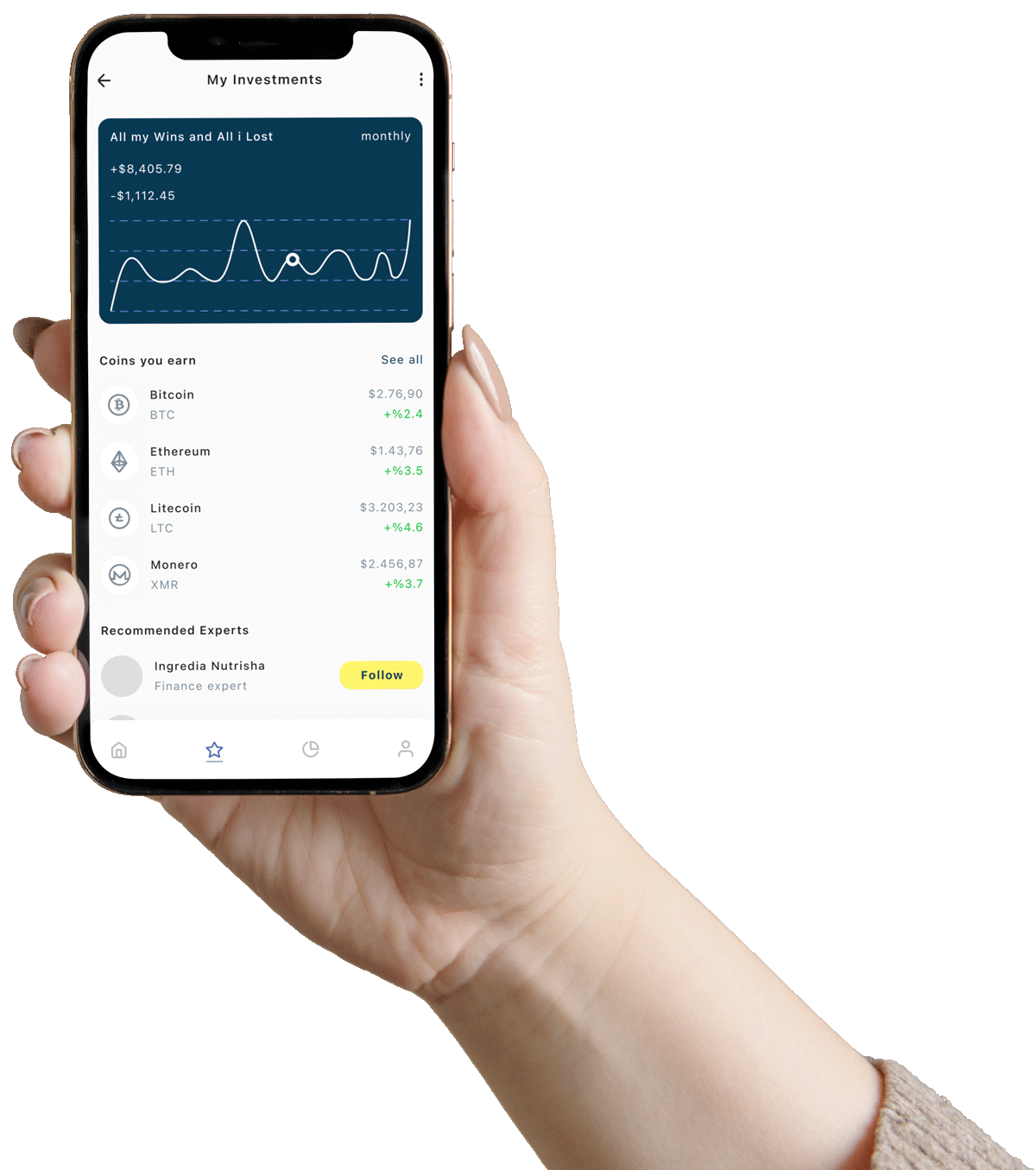+968 9596 3381
Phone Number
[email protected]
Email Address
Mon - Thu: 8:00 - 5:00
Online store always open
Phone Number
Email Address
Online store always open
WhatsApp Us Today
Drop Us an Email Today
Google Map Location
Saturday to Thursday

Oman is purposefully rebalancing its economy through Vision 2040, reducing oil dependency and embracing high-growth sectors like tourism, logistics, tech, mining, and renewables. This transition involves strategic investments in infrastructure, regulatory reform, and international partnerships—opening lucrative opportunities for investors, entrepreneurs, and companies worldwide.
Vision 2040 outlines a roadmap for sustainable diversification, emphasizing three pillars:
Economic diversification beyond hydrocarbons
Human capital development focused on skills and innovation
Digital transformation via smart cities, broadband rollout, and e-services.
Key public programs include institutional infrastructure like Duqm SEZ, new urban projects, and regulatory reform to attract foreign investment across targeted sectors.
Tourism, especially eco-wellness and cultural segments, is central to Vision 2040’s diversification plan. The government targets 11 million visitors by 2040, investing in luxury resorts, heritage preservation, and adventure tourism including mountain trekking, desert safari, and coastal experiences.
Boutique hotels and eco-lodges in Musandam, Dhofar, and Jebel Akhdar
Culinary tourism, heritage-themed retreats, wellness centers
MICE infrastructure and event spaces to attract business tourism
Developed by OMRAN, Oman’s tourism agency, massive mixed-use tourism complexes and resort cities are being built with private-sector participation.
Oman’s position at the crossroads of Asia, Africa, and Europe is a logistics advantage.
Ports: Duqm, Salalah, Sohar are evolving into integrated logistic hubs
Oman–Saudi rail link (Empty Quarter Road, Etihad Rail) streamlines cross‑GCC trade.
3PL providers, rail cargo services, logistics warehousing
Cold chain systems for food and pharma sectors
Aviation support, air cargo, and last‑mile delivery platforms.
Sohar Free Zone (with over US $26 billion in investment) leads Oman’s manufacturing push, focusing on metals, food, logistics, and petrochemicals.
Petrochemicals (refinery projects in Duqm)
Metals: export and processing of gypsum, chromite, copper
Food processing, packaging, and industrial materials.
Manufacturers benefit from SEZ incentives like tax holidays, customs waivers, and infrastructure access.
By 2030, Oman aims for 35‑39% electricity from renewables, with major solar and wind projects under development.
Duqm Green Hydrogen & Ammonia plant
Manah and Manah II solar farms
Large-scale hub targeting 8 million tons of green hydrogen production by 2050.
Green hydrogen production and export
Manufacturing solar panels, turbines, electrolyzers
Supporting tech innovation and supply-chain services
Oman is scaling national broadband and e‑government services via the National Broadband Strategy, targeting broadband access to 95%+ households.
Smart city tech (Sultan Haitham City among future developments)
Data centers, cloud computing infrastructure
Cybersecurity, fintech, AI, IoT ecosystem, entrepreneurship hubs like Knowledge Oasis Muscat.
Support ICT infrastructure expansion, advisory services, content platforms, innovative applications, and digital services.
Oman is rich in minerals—especially copper, gypsum, chromite, limestone—being actively developed for export.
Revival of copper mining operations in Lasail
Minerals Development Oman exploring metal trading partnerships with global players
Oman positioning to host a GCC trading hub for metals like copper and iron ore.
Opportunities exist in mining processing, commodity logistics, value-added minerals, and trading platforms.
Aquaculture and seafood export are emerging non‑oil export streams aligned with the national Sustainable Fisheries Vision and backed by public-private initiatives.
Key investment areas include:
Fish farming technology and deep-sea catch ventures
Cold-chain logistics and seafood processing
Sustainability-focused seafood brands and export-oriented ventures
Sultan Haitham City—a planned smart city for 100,000 residents—is one example of large-scale urban development presented as investment-ready zones with mixed use, green space, commercial districts, and service infrastructure.
Integrated communities
Offices, co-living, vocational training campuses
Mixed hospitality/residential models aligned to upcoming demographics
With fintech regulatory sandboxing underway and banking upgrades in motion, foreign firms can explore:
Mobile payments, digital wallets, blockchain enterprise systems
Insurance tech, insurtech platforms, and micro lending models
Back-office BPOs supporting regional operations
The government’s digital-first approach fosters a fertile environment for fintech innovation.
Oman’s startup ecosystem is nascent but growing, supported by incubators like The Knowledge Mine, KOM freezone, and SME financing initiatives. Regulatory openness and increasing VC interest mark this as a promising sector.
Investment trails include:
Early-stage tech ventures in agritech, logistics, tourism
Co-working spaces and accelerators
SME-focused platforms with sector integration
Privatization is opening new opportunities:
Asyad Shipping Co plans a partial IPO, allocating shares to foreign investors
Infrastructure, logistics, and energy sectors are seeing phased disinvestments into capital markets.
Foreign investors may engage through direct IPO participation, strategic partnerships, or acquisition of equity stakes.
Non‑oil exports have grown sharply—by 15% CAGR from 2018 to 2022—accounting for sectors like minerals, chemicals, live animals, and food products. Growth in manufacturing exports mirrors rising global trade integration.
Exports strategy includes:
Diversified markets in Asia, Africa, and GCC
Export-processing zones, compliance support, and logistics facilitation
Investment is supported by:
Government grants, tax exemptions, freezone incentives
Privatization-linked capital market support (e.g., CMIP)
SEZ and industrial estate benefits like land lease discounts and customs relief
Strategic advantage is maximized through coordinated investment planning, licensing support, and project execution.
Rapid growth threatens fragile water resources; Oman addresses this with water recycling, regulation reform, and integrated environmental planning.
Projects must align with ESG criteria, minimize ecological impact, and support workforce upskilling—key to maintain public and investor confidence.
Duqm Special Economic Zone includes port, refinery, industrial and tourism clusters, and smart-city elements—drawing billions in investment and serving as a model diversification city
Sohar Port & Freezone handles over a million tonnes weekly, contains clusters for petrochemicals, metals, food, and logistics, and has attracted global investors like Port of Rotterdam partners.
Identify sectors aligned with Vision 2040 and MoCIIP priority lists
Conduct feasibility and ESG-aligned planning
Apply for FDI licensing via OIA, invest in SEZs or free zones
Partner with local firms or use establishment service providers
Leverage grants, tax holidays, and regulatory support
Monitor environmental impact, water usage, and workforce sourcing
Join privatization openings, IPOs, or infrastructure bonds
Looking forward:
Oman’s investment pipeline includes semiconductor manufacturing, green energy scaling, renewable exports, and infrastructure digitalization
Continuous FDI growth—from OR2.1bn in manufacturing to over OR7bn in selected SEZs by 2024—signals building momentum
With sustained reform and ecosystem strengthening, Oman is set to become a diversified regional hub.
Oman’s economic transformation is well underway. Vision 2040 is reshaping the state, unlocking high-potential sectors beyond oil—from renewable energy and logistics to tech, tourism, mining, and urban development.
Foreign and local stakeholders aligned to these sectors now find fertile ground for capital, innovation, and strategic growth. Whether entering through SEZs, partnerships, public-private projects, or capital markets, Oman presents structured, sustainable opportunities for diversification and long-term economic impact.
What are Oman’s fastest-growing non-oil sectors?
Tourism, logistics, renewable energy/green hydrogen, ICT, manufacturing, and mining.
Is foreign investment allowed in all sectors?
Most non-sensitive sectors encourage FDI; some traditional trades remain restricted.
How does the government support non-oil investors?
Through SEZ incentives, grants, tax holidays, and streamlined licensing via OIA.
What is Duqm SEZ?
A multi-sector economic zone with a deep-sea port, refinery, industrial areas, and smart-city infrastructure.
Is renewable energy scalable in Oman?
Yes: solar, wind, hydrogen projects backed by $20 billion+ international agreements.
Can startups thrive in Oman?
Yes—startups find support via Knowledge Oasis, incubators, and digital infrastructure.
Are logistics firms getting priority?
Definitely—rail, port, cold chain, and last-mile delivery firms are in high demand.
Where is metal trading headed?
Oman is emerging as a GCC hub for metal commodities via state-led trading endeavors.
How can one enter tourism or hospitality?
Partner with state developers like OMRAN or invest in licensed tourism‑support projects.
What about sustainability risks?
Investors must manage water usage, emissions, and ESG protocols to maintain long‑term viability.




Fill out our quick and easy contact form below. Briefly tell us about your vision and goals, and we’ll be in touch shortly to discuss a personalized plan for your success.
Al-Khuwair, Muscat, Sultanate of Oman